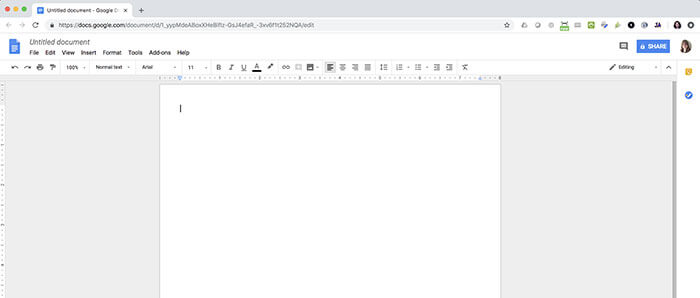
Disruptive Thinking for Business Analysts
Do you just accept the norm? Or do things because you have always done them that way?
Most of us would answer No to these questions. How often do you challenge or question the norm?. You probably do not realize the number times a day you do something because that is the way you have always done it.
The first step to understanding and adopting disruptive thinking is to ‘Stop Accepting The Norm’. How many times in your career have you sat down and used your analysis and prioritization skills on your own issues and objectives? Why not? Mechanics make sure their own cars are in good shape. Hair stylists always seem to have a ‘new do’. So why aren’t you using your skills and talents to improve your own lives? We aren’t doctors, there is no law saying that we cannot help ourselves. If you want to get better at disruptive thinking, I suggest you start practicing with your own goals, needs, and habits.
Let’s walk through a simple example of how you can apply Disruptive Thinking and Stop Accepting The Norm. I hope this example will help you see that you have fallen into the trap of Accepting The Norm.
Example: A Task BAs Are Often Assigned – Document Something
I think we can all agree that today’s Business Analyst rarely if ever use a typewriter and though some teams still print things out, most are reviewing and approving documents digitally. Most screens today fall somewhere between a 16×9 or 4×3 aspect ratio right?
Imagine you open are opening your favorite processor to create a document, maybe a BRD, Use Case, Business Case or other traditional paragraph style document, does it look something like this?

Notice the gray areas to the left and right of your document. This is wasted space. If so many of our screens are landscape, why do we still default to Portrait for our document formats? You have been trained that the norm for a document is an 8.5 x 11 sheet of paper. Disruptive thinking allows us to say wait a minute, it is not going to be a ‘paper’ at all! Retrain your brain. Document now equals something to read on screen.
But what if someone needed to print it out? What if our change is not easily accepted – well that is why it is called disruptive. It makes someone see or act differently, it changes their perception, and it breaks the norm.
Now, I didn’t say change the format to something that won’t fit most modern printers. I simply suggest that you change it to landscape. It will still print and it will still be readable. I know it may be a little awkward for the few who print it to read it, but why not use the 80/20 rule. If most of the people reading and reviewing your document are doing it on a screen, then your document should be in landscape.
Disruptive Thinking + CommonSensical Analysis = Improved efficiency.
- When more information is displayed in a single screen
- You and your audience spends more time reading and less time scrolling
- Your subconscious mind sees more of the content, which helps with informaion retention
What other improvements can you see with this change?
CommonSensical Challenge: Write down 20 tasks that take up 80% of your time. For each one write down the norms and analyze them using BA techniques like 5 Whys, Root Cause Analysis, Brainstorming, and such.
Disruptive Thinking isn’t just for new start ups. It isn’t just for older companies that want to become relevant. Disruptive Thinking is for anyone who wants to grow and improve!
kimber pistols
… [Trackback]
[…] Find More on on that Topic: batimes.com/articles/disruptive-thinking-for-business-analysts/ […]